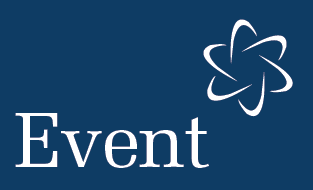The 2023 Nobel Prize in Chemistry was awarded “for the discovery and synthesis of quantum dots”. Quantum dots are one type of optically active artificial atoms. Since their discovery, they have found a wide range of applications in bioimaging and medicine, energy harvesting, illumination, display, machine vision, and communications. In the past decade, there has been great progresses in the creation of single artificial atoms with excellent quantum coherence properties. These advancements have paved the way for the development of quantum devices and applications based on optically active artificial atoms.
In this talk, I will discuss the distinctive advantages and challenges associated with the use of optically active artificial atoms in quantum technologies. I will highlight the unique capabilities of these artificial atoms, illustrated through an ongoing experiment in our research group focused on the deterministic generation of large photonic graph states by using only a single quantum dot [1,2]. I will then briefly talk about a novel method we developed for hybrid integration of these artificial atoms with SiN integrated photonics, which addressed some of the distinctive challenges towards achieving scalable integration of these artificial atoms with photonic devices [3]. Finally, if time permits, I will introduce a new noise spectroscopy method we developed recently for better understanding the noise environment of a spin qubit inside a solid-state environment [4]. This new method eliminates the need for complicated dynamical decoupling sequences and offers much better measurement precision and bandwidth.
References:
[1] Y. Zhan and SS, PRL 125, 223601 (2020). [2] Y. Zhan, P. Hilaire, E. Barnes, S. Economou, and SS, Quantum 7, 924 (2023). [3] K. Ngan, Y. Zhan, C. Dory, J. Vučković, and SS, Nano Letters (2023). DOI: 10.1021/acs.nanolett.3c02645. [4] A. Vezvaee, N. Shitara, SS, and A. Montoya-Castillo, arXiv:2210.00386.

